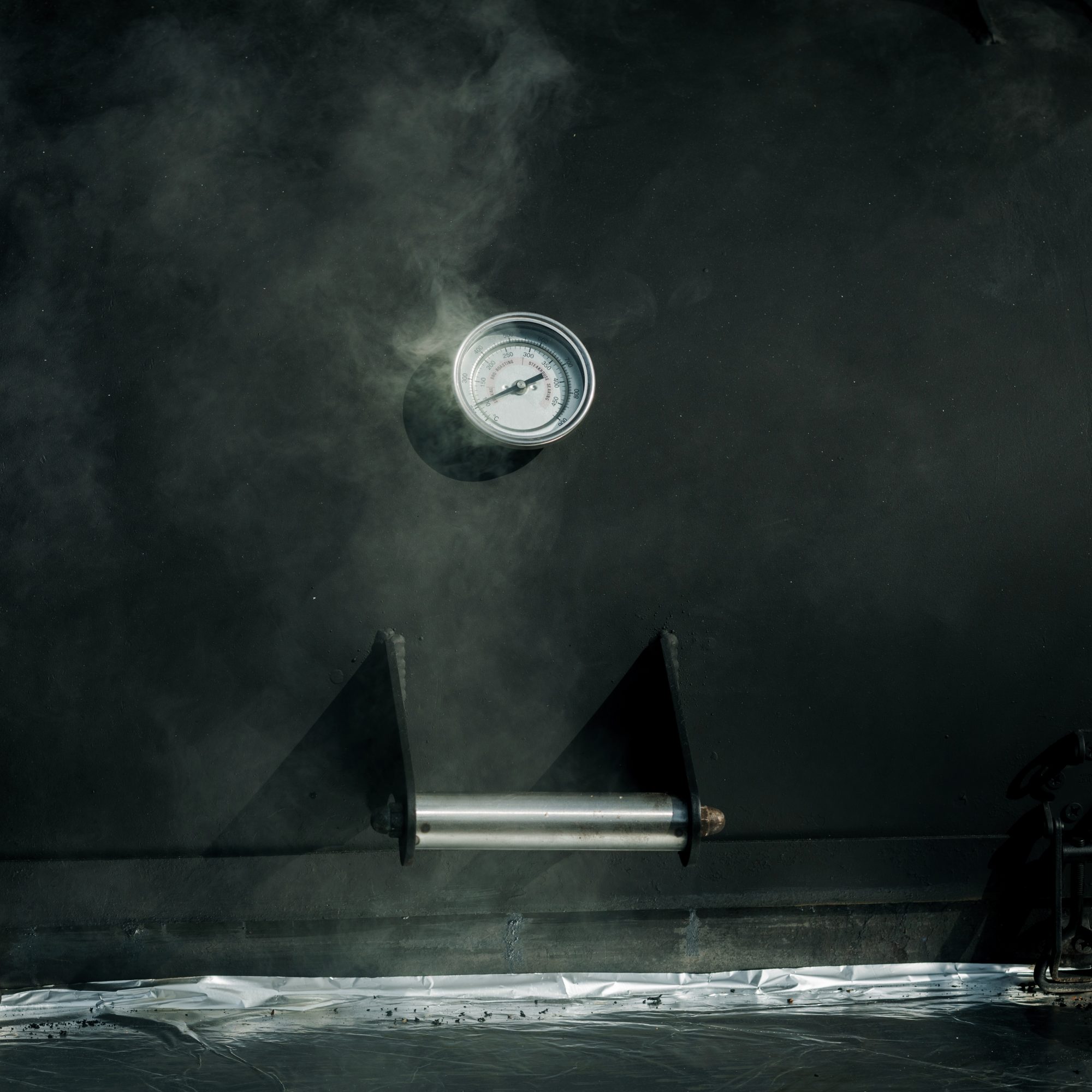There’s a certain magic in the way shadows can sculpt a subject, carving out emotions from darkness and light. I remember the first time I saw a low key portrait; it wasn’t just a photo, it was a story whispered in contrasts. Have you ever looked at a photograph and felt a chill, not from the image’s temperature, but from its intimate dance with shadow? That’s the power of low key photography.
It might surprise you to learn that this technique, often associated with mystery and drama, has a place not just in fine art galleries but in the portfolios of seasoned and budding photographers alike. Low key photography harnesses the stark interplay between light and dark to create compelling images that are as much about what is hidden as what is revealed.
When executed with skill, this technique can convey a depth of emotion and complexity. It’s like layering in photography, but instead of textures and elements, we layer shadows and highlights. Mastering this could transform the mundane into the magnificent, and all it takes is an understanding of a few key principles.
Understanding the Basics of Low Key Photography
Let’s peel back the curtain on low key photography. Imagine stepping into a dimly lit room where a single ray of light sneaks through the blinds, casting a geometric pattern on the floor. This is the essence of low key: it’s all about the quality, direction, and intensity of light. An effective low key image often has a high contrast between the lightest and darkest parts of the frame, with a predominance of dark tones.
But how do we achieve this chiaroscuro effect in our images? It starts with a simple setup: a dark background and a single light source. The background absorbs light, reducing reflections and allowing your subject to emerge from the shadows. The light, whether a softbox or a window, should be positioned to sculpt the subject’s form, highlighting edges and contours.
Imagine whispering to your subject, ‘Let’s create a secret only visible to those who really look.’ That’s what you’re doing with your camera. You’re not just capturing an image; you’re crafting a visual secret by controlling the spill and falloff of light. It’s a delicate balance, like a tightrope walker’s focused poise, where every adjustment can reveal a new facet of your subject.
Mastering the Mood in Your Composition
Now that we’ve set the stage with our lighting, let’s delve into the heart of our composition. In low key photography, every shadow carves a story and every highlight sings a verse. It’s essential to direct the viewer’s attention to where the light falls. Think of your subject as a landscape; you’re guiding the viewer through valleys of shadow and peaks of light. The direction of your light source is the compass by which this journey is navigated.
But don’t forget, the mood is the soul of your photo. Let’s say you’re photographing a person. The angle of light can make them appear contemplative, menacing, or even angelic. By adjusting the intensity of your light source, you can whisper secrets or shout dramas. It’s a game of subtlety; it’s poetry written with photons.
As you experiment with low key photography, remember to embrace the unpredictability. Shadows have a mind of their own, and sometimes they will surprise you with their own interpretation of your vision. And when the session is over, and you review your images, you’ll find that those shadows have left a piece of their enigmatic spirit in your work, making each photo a unique fingerprint of light and darkness.
So, what’s your next step? Challenge yourself to create a low key masterpiece and share it with the world. Reflect on how the interplay of shadow and light mirrors the complexities of the human experience. And if you’re looking to add another layer to your photographic skills, explore the art of layering in photography. Remember, in the realm of shadows, you’re not just a photographer; you’re a visual poet, a sculptor of light, a storyteller in the dark.


0 Comment